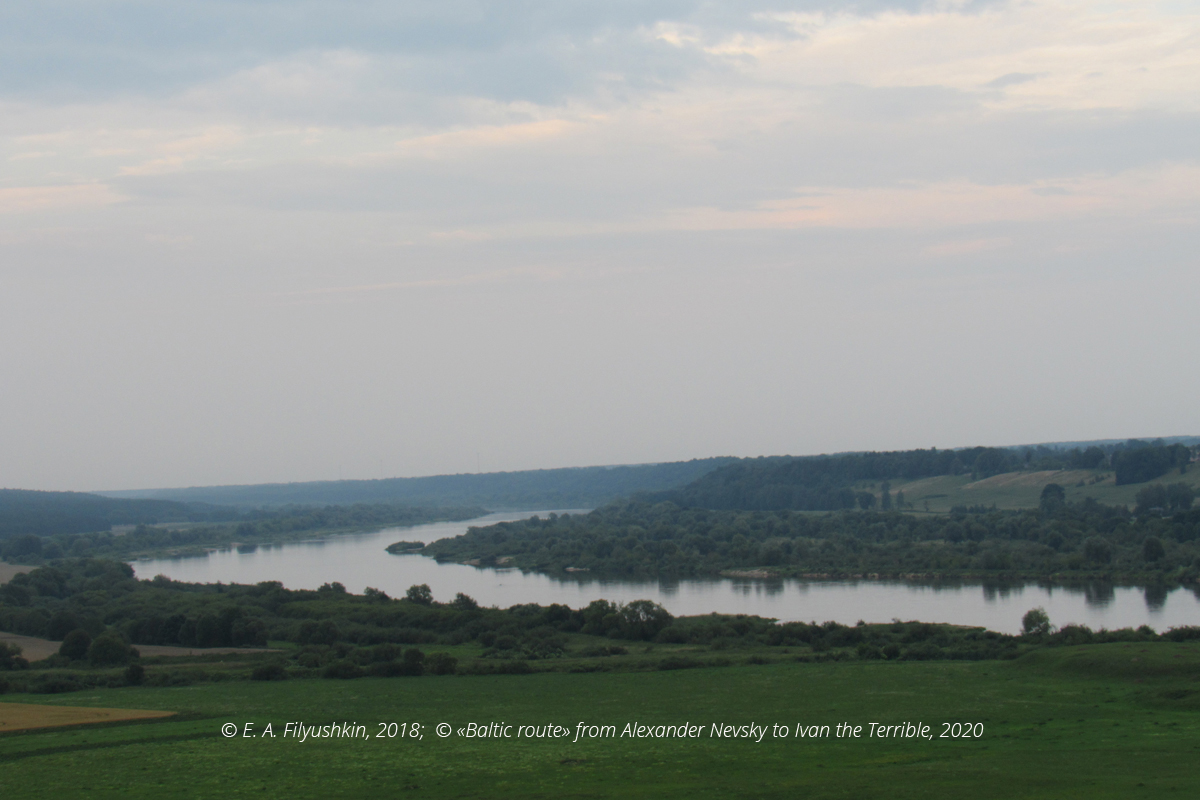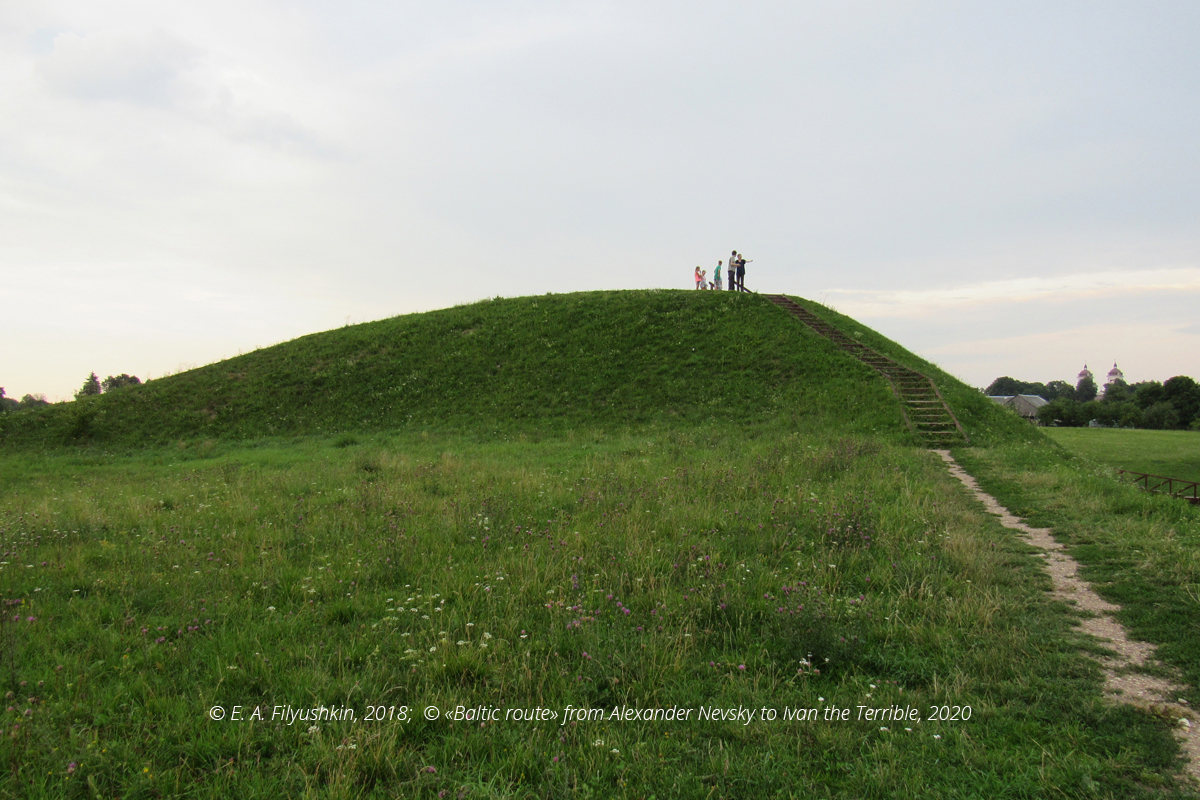Palemonov hill
In the Middle Ages, a legend was created about the origin of the dynasty of the Grand Dukes of Lithuania from the Roman emperors. According to this myth, one of the relatives of the emperor Nero named Palemon could not endure the tyranny of an extravagant ruler. He gathered his associates and sailed from Rome in search of a new state. He found it on the Baltic shores, and the new homeland was called "Litalia" (after Italy), which later turned into Lithuania. From Palemon came a dynasty of rulers of this country. The figure of Palemon is fictional, but already in the 16th century. there were associated "places of memory". One of the Lithuanian settlements on the so-called "castle road" - a chain of castles along the right bank of the Nemunas west of Vilna - was named "Palemon Mountain" (55.100536, 23.417347, today Seredzhius). It began to be considered the very place where a relative of the emperors of Great Rome founded his residence. In reality, there was located in 1293 - 1363. Lithuanian castle Pest, destroyed by the Crusaders, and rebuilt after the Battle of Grunwald in 1410.
Tags: castles and fortresses, places of memory, XIV век, Grand Duchy of Lithuania

 English (United Kingdom)
English (United Kingdom)  Russian (Russia)
Russian (Russia) 






























